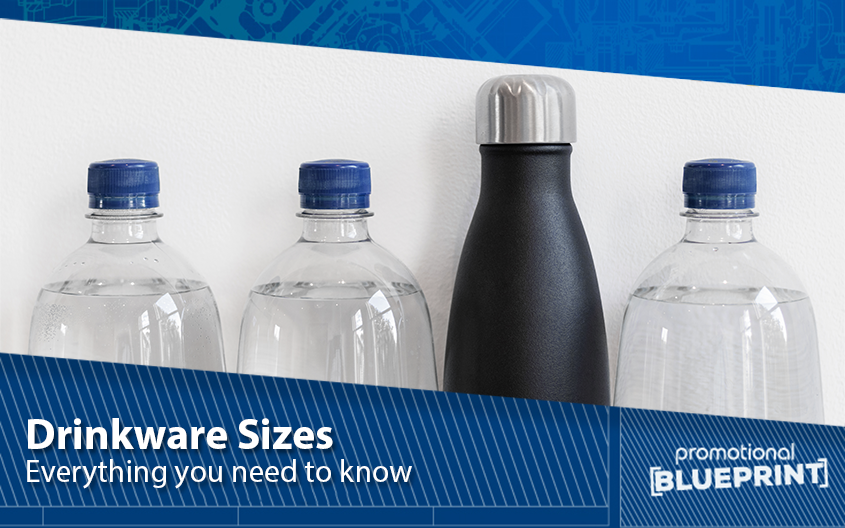
If you’ve ever ordered a cup online, you’ve probably scratched your head at least a couple of times, wondering — what do 22 ounces actually mean? Sure, most people don’t think too much about this number. However, if you are not from the United States, there’s a big chance that ounces sound like a made-up word.
In fact, looking up ounce in the dictionary will leave you even more confused, as it means a small portion or amount. But that’s not really helpful, especially when you just want to know how much coffee you can fit into a 22-ounce cup. Fortunately, we’ve come up with a guide that should help those who want to understand portion sizes of drinkware.
How Big Is an Ounce?
Generally speaking, an ounce is defined as a unit of weight in the avoirdupois system and is equal to 1/16 pounds. In other words, you can think of an ounce as being the same size as your thumb, one-inch meatball or three small dice.
But fluid ounces can be quite tricky to visualise without having a reference point. This chart should give you a better idea of how much an ounce is actually based on other liquid measurements.
One fluid ounce equals:
- 5 millimetres
- 6 teaspoons
- 2 tablespoons
- 13 cups
- 0625 pints
- 03 quarts
As you can see, fluid ounces are tinier than other types of portion sizes. That’s why, when purchasing drinkware, choose those that have a higher ounce capacity to avoid constant refills.
What About 22 Ounces?
By now, you should have a better understanding of how big a liquid ounce is. But what about 22 ounces? Simply put, 22 fluid ounces are equal to 0.65 litres. In practical terms, that means about one-third of a two-litre bottle of soda. As a matter of fact, these are the most commonly encountered types of cups, particularly at fast-food joints.
Measuring Ounce Size
There are a couple of ways you can find out how many ounces your drinkware can hold:
- Ask the manufacturer
- Check the product’s description
- Use a kitchen scale
- Inspect the bottle or glass for ounce markings on the side
- Use a measuring cup.
Drinkware Average Sizes
It’s important to remember that ounce sizes can vary drastically depending on the purpose of the cup and design specifications. But usually, these are the sizes that you’ll encounter at most manufacturers:
- Plastic cups can’t usually hold more than 32 ounces. But on average, most of them are suitable for 16 ounces of liquid.
- Water bottles are pretty standard. They can hold between 2.5-64 ounces, with an average size of 22 ounces.
- Travel mugs can hold between 11-30 ounces. However, more often than not, you’ll find travel mugs with a capacity of 20 ounces.
- Coffee mugs are smaller and can hold anywhere from 4-23 ounces. Yet, most coffee mugs are designed for 13 ounces.
- Tumblers are pretty sizable and can hold between 10-30 ounces, with an average of 20 ounces.
- Shaker bottles need to be able to hold multiple ingredients, which is why they can hold up to 32 ounces. Even so, you’ll commonly find shaker bottles that can accommodate 23 ounces of liquid.
- Shot glasses are very small and can’t hold more than 3.7 ounces. On average, most bars choose 1.5-ounce shot glasses.
Related content:
The Ultimate Guide to Promotional Drinkware
The Bottom Line
At first, ounces can seem quite intimidating. But with a bit of knowledge and attention, you can easily figure out how much liquid each cup or bottle can hold. And while sizes differ from one manufacturer to another, now you have a better grip on fluid ounce sizes.
You may also like:
Printed Eco-Friendly Drinkware – Your Best Bet in Sustainable Brand Marketing
View our list of promotional best-sellers if you haven’t yet. In case you want to know more, you may contact GoPromotional at 0800 0148 970 or simply email us today. Let’s start your newest marketing journey in style!






